 |
| Inglorious Columbus: Buddhist |
It is one of the largest archeological sites and urban centers of the pre-Columbian (before Columbus) Maya civilization.
It is located in the archeological region of the Petén Basin in what is now northern Guatemala. Situated in the department of El Petén, the site is part of Guatemala's Tikal National Park that in 1979 was declared a UNESCO World Heritage Site [4].
- Amazing facts: The Maya country of Guatemala may have derived its name from the Buddha Gautama, a mala being a rosary, and Maya being his mother's name. How? The Chinese discovered the Americas (the west coast of which they named Fusang) long before Columbus found the Carribean or the Conquistadors invaded what to them and the Vatican was the "New" World. It is discussed in Rick Fields' How the Swans Came to the Lake: A Narrative History of Buddhism in America. Moreover, missionary Buddhism arrived on these shores before missionary Christianity tormented and forced conversions of the Indigenous people to imperial Catholicism.
Mexico City Buddhist Centre
Mexico City Buddhist Center opened in 1993 in La Roma part of town
(Free Buddhist Audio) A Buddhist Centre for La Roma Mexico, new center opened in 2002, reported July 15, 2010: Upekshamati introduces the new Mexico City Buddhist Centre. Part of Newsreel 23, released in Autumn 2002.
 |
| An Inglorious Columbus (Edward Vining) |
Though monumental architecture at the site dates as far back as the 4th century BCE, Tikal reached its apogee during the Classic Period, circa 200 to 900.
During this time, the city dominated much of the Maya region politically, economically, and militarily, while interacting with areas throughout [adjacent] Mesoamerica [to the north] such as the great metropolis of Teotihuacan in the distant Valley of Mexico.
There is evidence that one of Tikal's great ruling dynasties was founded by [proto-Mexican or Aztec] conquerors from Teotihuacan in the 4th century AD.
Following the end of the Late Classic Period, no new major monuments were built at Tikal and there is evidence that elite palaces were burned.
These events were coupled with a gradual population decline, culminating with the site's abandonment by the end of the 10th century.
Tikal is the best understood of any of the large lowland Maya cities, with a long dynastic ruler list, the discovery of the tombs of many of the rulers on this list and the investigation of their monuments, temples, and palaces [6]. More
Better than Mexico's Chichen Itza in the Yucatan?
- Crystal Quintero, the Mexican Buddhist, Dhr. Seven, Pfc. Sandoval (eds.), Wisdom Quarterly Wikipedia edit Tikal
























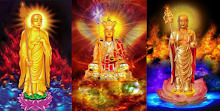



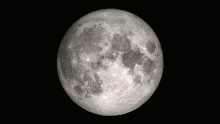















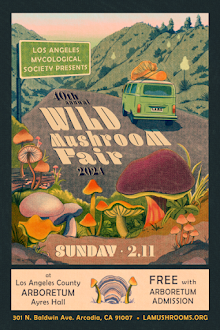

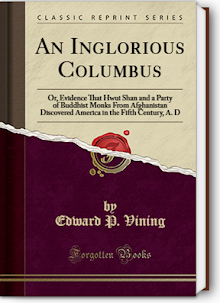



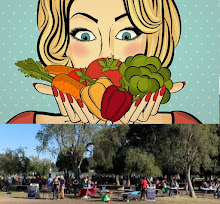


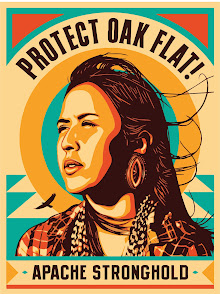






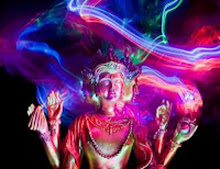


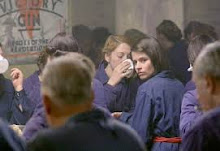


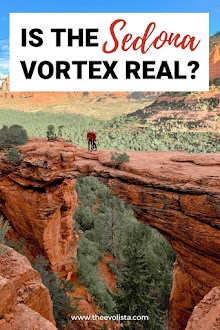



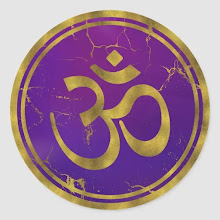
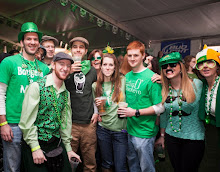




















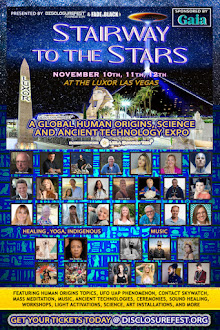









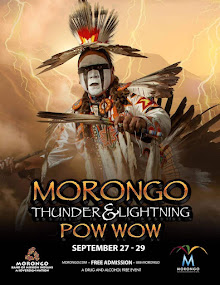













































































































































No comments:
Post a Comment